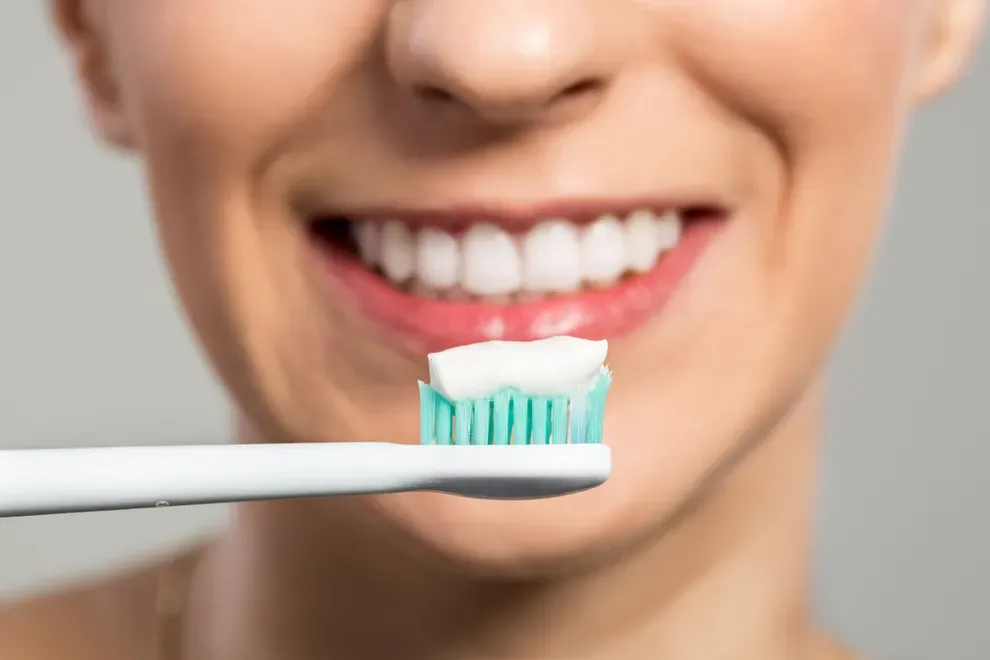Whitening Toothpastes: Do They Actually Work?

Table of Contents
- Do They Work?
- How They Work
- Best Whitening Toothpaste
- Benefits & Downsides
- Alternative Options
Whitening toothpastes are effective at reducing or eliminating mild stains on teeth and giving them a bright appearance.
Tooth sensitivity can occur, but whitening pastes are safe if used correctly. The whitening effects are temporary, but you can re-use the toothpaste multiple times.
Do Whitening Toothpastes Work?
Whitening toothpastes are one of the most popular whitening products available. These toothpaste work because their formulas remove surface stains from your teeth. With low cost and few risks, these products are an excellent way to lighten teeth by a shade or two.
Teeth whitening treatments are in high demand. A survey showed that 80 percent of people ages 18-49 want whiter teeth, with the general population spending in excess of $1.4 billion on teeth whitening products.
How They Work
Whitening toothpastes use mild bleaching agents and abrasives to get rid of surface stains. The combination of the two elements makes the pastes effective for removing minor stains, such as those caused by coffee.
However, it is not strong enough to remove external stains that have built up for years or intrinsic stains that are built into your tooth enamel.
Among the ingredients you will find in a typical tube of whitening toothpaste:
Peroxide
Mild abrasives
Blue covarine
Most whitening toothpastes contain hydrogen peroxide or carbamide peroxide, which experts consider the most effective teeth whitening agent. Peroxide works by breaking down the chemical bonds that keep staining particles stuck to your teeth, removing minor stains and preventing new ones from forming.
Whitening toothpaste often contains some abrasives which scrape away the plaque and staining particles on your teeth. The most common abrasives include silica, baking soda and dicalcium phosphate. These substances provide powerful cleaning action but are gentle enough to avoid damaging your tooth enamel.
Blue covarine is a semi-transparent pigment that coats the tooth’s enamel and interacts with light, making the teeth appear whiter. Dental care experts are still investigating how effective blue covarine is compared to other ingredients found in whitening toothpastes.
Best Whitening Toothpaste
The market is awash with different brands of whitening toothpastes. Here are some of the best options:
Crest Pro-Health Gum and Sensitivity Gentle Whitening
Sensodyne Extra Whitening Toothpaste
Arm & Hammer Extreme Whitening Toothpaste
Colgate Total Whitening Toothpaste
Crest Pro-Health Gum and Sensitivity Gentle Whitening contains stannous fluoride, a type of fluoride known for its ability to block the dentinal tubules in your teeth and reduce sensitivity. Use this product for anti-gingivitis and anti-cavity capabilities approved by the ADA as well as additional relief from sensitive teeth.
Sensodyne Extra Whitening Toothpaste is another good whitening option for those who suffer from tooth sensitivity. It contains silica that whitens teeth from the inside.
Arm & Hammer Advance White Extreme Whitening Toothpaste contains baking soda and peroxide, some of the most effective ingredients for fighting stains. This is an excellent option to help you whiten your teeth on a budget.
Colgate’s best-known tooth whitening product is made using a proven formula engineered to whiten and clean your teeth. It includes fluoride to fight cavities as well as micro-abrasives to remove staining.
Benefits and Downsides
There are both benefits and downsides to using whitening toothpaste.
Benefits
Whitens teeth
Some formulas strengthen your tooth enamel
Supplements dental cleaning by dentists
Helps boost confidence
Downsides
Effects are only temporary
May cause tooth and gum sensitivity
Results are not as dramatic as professional whitening treatments
Limited to surface stains
Alternative Whitening Options
You can whiten your teeth in other ways than using whitener toothpaste. Other options include:
Dental crowns. Dental crowns can be used to cover entire teeth, instantly making them look whiter.
Dental bonding. Dental bonding applies white composite resin to the front surface of a tooth, giving it a brighter look.
Brushing with baking soda. Baking soda acts as a mild abrasive to help clean your teeth. It is also highly alkaline, helping you regulate the acidity of your mouth to keep bacteria levels low.
Veneers. These thin porcelain shells give a natural-looking white appearance while functioning like regular teeth.
Lumineers. Lumineers are similar to porcelain veneers, but they are made of ceramic instead.
Frequently Asked Questions
Yes, whitening toothpastes are safe when used correctly. Problems like tooth sensitivity may occur, but whitening toothpastes that cater to sensitive teeth will solve this issue. Take care to brush carefully and use only the amount of toothpaste recommended by the manufacturer.
In most cases, whitening toothpaste will not damage your teeth. The few people who do experience negative side effects report minor problems like slightly thinned enamel or tooth discoloration. Toothpaste that is too abrasive or uses chemicals that are too strong may cause worse damage.
Some whitening toothpastes can be used every day without adverse effects. However, some are only intended for occasional use. Be sure to read the instructions on your toothpaste’s packaging carefully.
Sensitivity can still occur even when using the product as intended. To be safe, alternate whitening toothpaste with regular toothpaste unless advised otherwise by your dentist.
